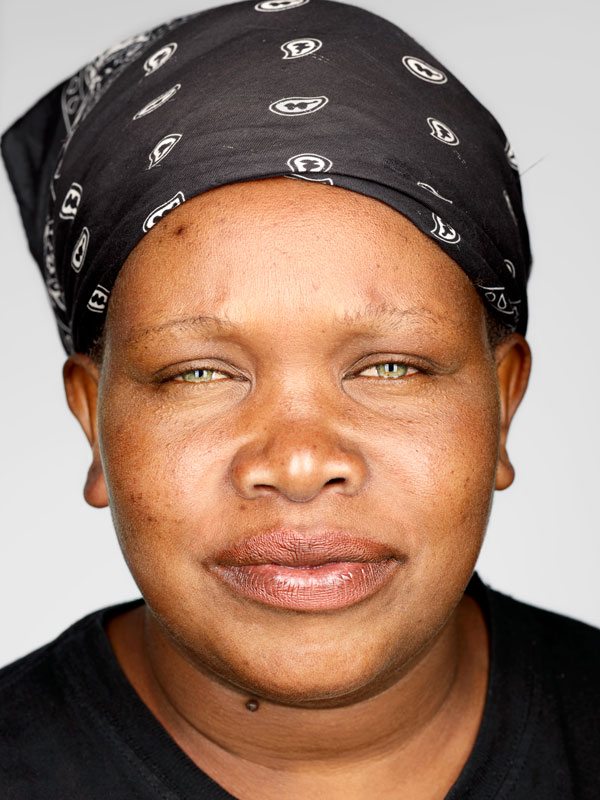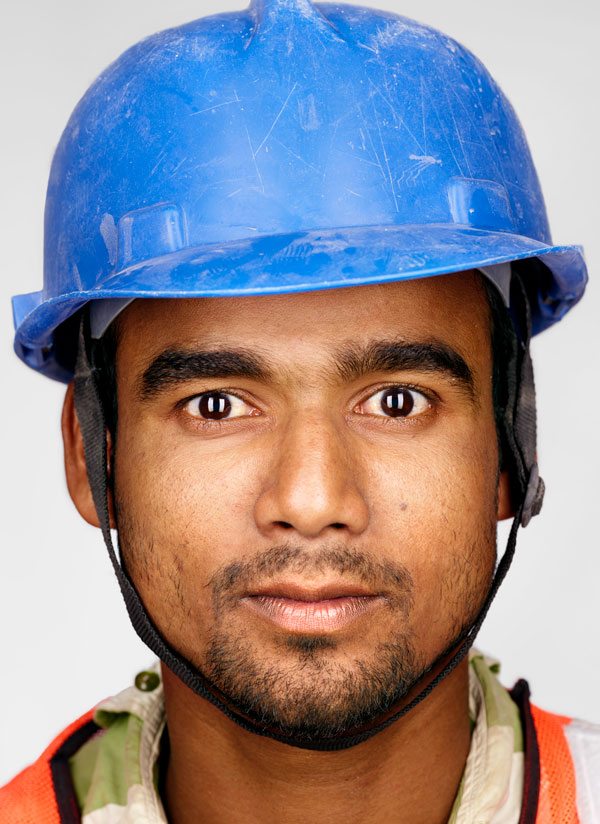
October 17, 2017; Fast Company
In 1992, the General Assembly of the United Nations designated October 17th as the International Day for the Eradication of Poverty. The day’s theme for 2017 was “Answering the Call of October 17 to end poverty: A path toward peaceful and inclusive societies.” Secretary-General António Guterres urged the world to use this day to redouble its efforts to implement the 2030 Agenda for Sustainable Development.
Eillie Anzilotti, an assistant editor for Fast Company, reports that Acumen teamed up with renowned photographer Martin Schoeller to launch the #seepeople campaign on October 17th. The tag line of the campaign is “Ending poverty starts with seeing the power of people.”
“We live in a moment right now when divides between people are sharp, and growing,” [says] Jacqueline Novogratz, founder and CEO of the nonprofit venture capital fund Acumen, which invests philanthropic capital to support business growth in the developing world. But, she adds, if you pause and look more closely at people, those divides start to blur, then fall away entirely.
The idea behind the campaign is simple. We have all heard the saying, “out of sight, out of mind.” It is all too easy to ignore the poor if you don’t see them, or see them but ignore them and avert your gaze, so Acumen’s campaign aims to make the poor more visible.
But being visible is not enough, since too often photography of the poor can objectify and reinforce negative stereotypes of low-income individuals, rather than treat those photographed as beautiful and intelligent people with visions, dreams and goals. As a result, alongside their photographic portraits, the people pictured “describe the work they are doing in their countries and communities, and how startups funded by Acumen are improving their quality of life and that in the communities around them.”
For example:
Sign up for our free newsletters
Subscribe to NPQ's newsletters to have our top stories delivered directly to your inbox.
By signing up, you agree to our privacy policy and terms of use, and to receive messages from NPQ and our partners.
Twenty-six-year-old Nashon Omusula grew up in the Nakuru slums in Kenya; he’s now working as a field officer with the sanitation startup Sanergy and educating his community about hygiene and sanitation. Maria Joseph Mulu, who has eight children of her own and works for a community organization that aims to help the neediest children around her village in Kenya, describes how the solar company D.Light, which provides low-cost solar-powered products, has enabled her to better provide for all the children in her care.
Schoeller’s style of hyper-detailed close-ups is esteemed for devoting equal care to all subjects, whether they are celebrities or homeless. Schoeller describes his art this way: “Familiar faces are treated with the same levels of scrutiny as the un-famous. The unknown and the too-well-known meet on a level platform that enables comparison, where a viewer’s existing notions of celebrity, value, and honesty are challenged.” Schoeller displays 230 images on Instagram for his 188,000 followers.
More than 50 portraits and stories of people living on less than $5 a day are visible on Acumen’s website, Twitter, Facebook, and Instagram. The images are also being displayed until Giving Tuesday, November 28th, “as a huge installation” in New York City’s Times Square (Broadway between 45th and 46th Streets), in exhibits, and on public spaces such as bus stop shelters and newsstands, in partnership with The Working Assembly. The #seepeople campaign also describes the work Acumen is accomplishing around the world to improve “their quality of life and that in the communities around them.”
“When you take people out of the slum, out of context, and photograph them just as they are, against a clean background, they don’t look poor,” Schoeller says. “You focus on the details of their faces, and really see their humanity come through, and you see that we’re all the same.”
The #seepeople portraits of Acumen’s heroes are indistinguishable from Martin Schoeller’s portraits of leaders, celebrities and a few of the eight men who possess more wealth than the poorest half the world’s population.

The salient #seepeople campaign honors the intention of the International Day for the Eradication of Poverty—and captures the lifeblood of what Father Joseph Wresinski, who helped inspire the international designation—experienced when he served as chaplain to 250 families placed in an emergency housing camp near Paris in 1956. “The families in that camp have inspired everything I have undertaken for their liberation. They took hold of me, they lived within me, they carried me forward.”—Jim Schaffer and Steve Dubb













